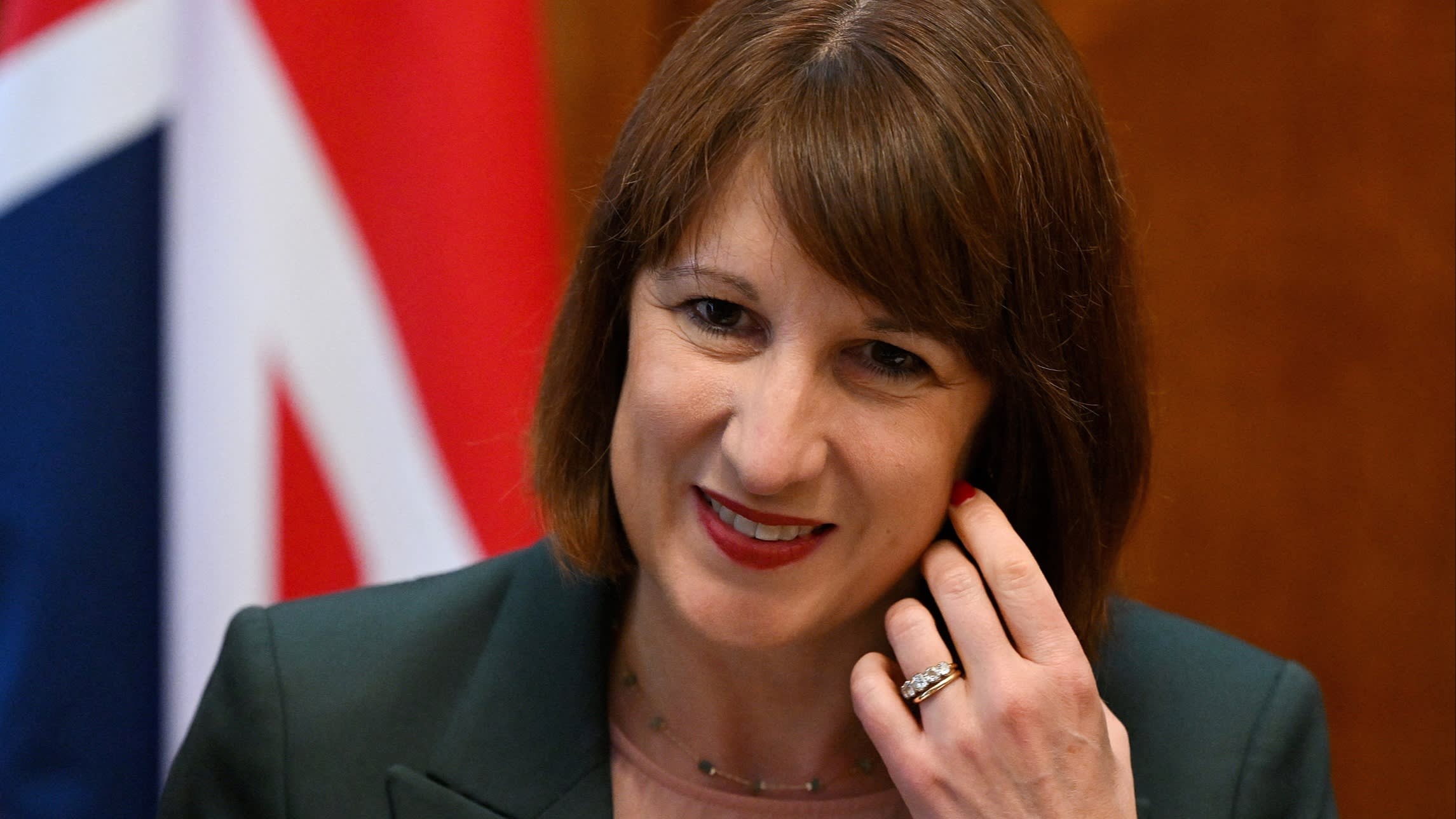PureGym plans to make the US its second-biggest market, with more than 300 sites by 2030, as it pursues a $105mn deal to buy dozens of outlets from collapsed chain Blink Fitness.
The UK’s largest gym operator last month offered to buy “a substantial portion” of Blink’s estate, which consists of 67 locations in New York and New Jersey, after it was put into Chapter 11 by owner, gym group Equinox, in August.
A final deal is subject to court approval, with PureGym having been given “stalking horse” status, putting it in pole position ahead of an auction for the assets that will take place on October 28.
“[The deal] will give us . . . great credibility in the market for further expansion of either our owned and operated sites . . . or that we can build around that stronger franchising relationships,” outgoing chief executive Humphrey Cobbold told the Financial Times. He will become chair next month with Punch Pubs boss Clive Chesser taking over as CEO.
“The US is the largest fitness market in the world, and if we can build a position and a growth runway in the US, it potentially transforms the scale of the group as a whole,” said Cobbold.
PureGym, which specialises in low-cost memberships, operates three sites in the US under the Pure Fitness brand, all near Washington DC. Cobbold said acquiring nearly 60 sites from Blink with their 350,000 memberships and rebranding them under the PureGym banner would help it find franchise partners more easily and scale up.
“It is a capital-intensive business . . . it would take us at least five and probably nearer 10 years to open as many sites,” he said. “If we have in the range of 300 plus sites in North America by 2030 that would be transformative for the business.
“The UK will be at 600 or 700 sites by then,” he predicted, compared with nearly 390 today.
Cobbold’s global expansion ambition comes as the group searches for the next source of growth following its rapid rollout in the UK thanks to its affordability — monthly options start from £13.99 at one of its Manchester gyms — and rising demand for “wellness” services, especially after the pandemic.
The UK’s budget gym segment — dominated by PureGym and its rival The Gym Group — has more than doubled its share of the private gym market by revenues over the past decade to reach 19 per cent, according to a PwC report published in March.
PureGym, owned by US private equity firms Leonard Green & Partners and KKR, has more than 600 gyms across six countries including Denmark and Switzerland, but more than 60 per cent are in the UK. It opened 20 new sites in the first six months of 2024 with a further 20 to 25 expected for the rest of the year.
The company, which has nearly 2mn members globally, increased revenues by 11 per cent to £300mn in the first six months of 2024. However, it posted a pre-tax loss of £30.5mn as finance costs rose.
PureGym’s offer for Blink consists of $105mn cash as well as the assumption of certain liabilities, such as customer creditors and certain employee-related costs.
In court filings, Blink said it had assets and liabilities of between $100mn and $500mn and around $280mn in debt. PureGym, meanwhile, said in September that it had secured commitments from an investor that will give the low-cost gym operator more than £450mn in available funds.








































































































































































You must be logged in to post a comment Login